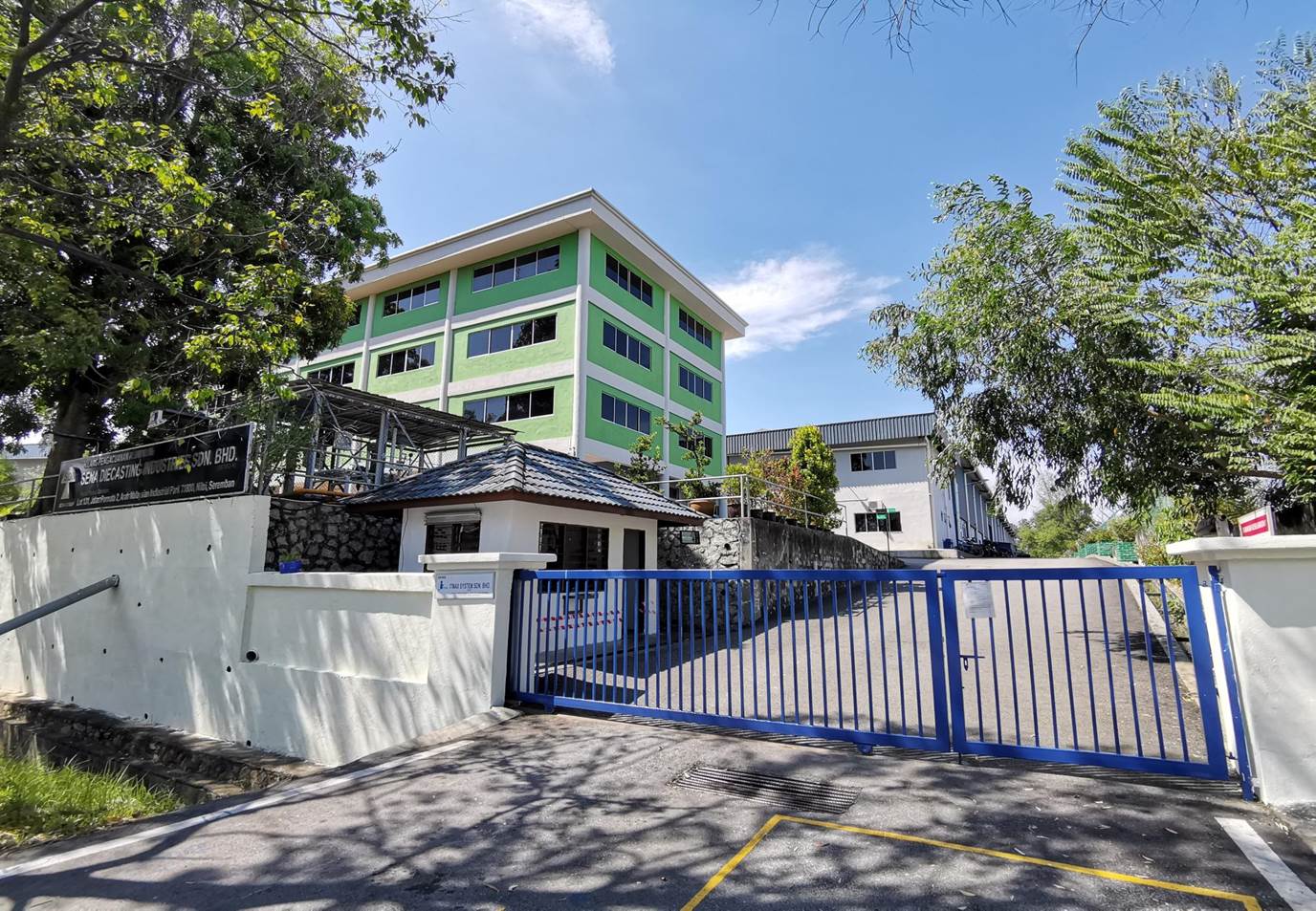The Intricacies and Significance of Diecasting in Modern Manufacturing
The Intricacies and Significance of Diecasting in Modern Manufacturing
Blog Article
Diecasting is one of the most important processes that is used in manufacturing today, and plays an essential role in producing complex metal parts with precision and efficacy. This method involves forcing hot metal into a mold, creating parts with high dimensional accuracy and excellent finish on the surface. When industries change and the demand for premium components grows, diecasting is continuing to prove its value specifically in the areas that require the mass production of complicated parts. This article focuses on the process of diecasting and its benefits, as well as the material alternatives, and extensive applications across various industries.
In the heart of diecasting is the usage of molds or dies. These are constructed with high-quality steel in order to stand up to any harsh elements of diecasting. Dies are created to be precise, and usually incorporate complex details as well as fine tolerances to guarantee precision of the final product. During the diecasting process, melts of metal - commonly zinc, aluminum or copper - is introduced into dies with extremely high pressures. Rapid injection and rapid finalization results in components that have excellent dimensional stability and a perfect surface finish that reduces the need for further machining or finishing. Precision of the dies allows the fabrication of complex geometries that are difficult or impossible to achieve with other manufacturing processes.
One of the primary advantages of diecasting is its ability to produce parts with exceptional dimensional accuracy and smooth surface finishes. Diecasting with high pressure ensures every detail in the mold is recreated and the result is parts with precise tolerances that require minimal to any post-production effort. This level of precision is particularly beneficial for creating complex geometries and intricate details that are challenging or impossible to accomplish in other manufacturing methods. Furthermore, the ability to repeat diecasting makes it a great choice to produce large quantities, and ensures consistency across thousands of parts. The efficiency of the process will also lead to substantial reductions in costs, since it helps reduce waste materials and labor costs.
Diecasting is widely employed across diverse industries due to its versatility as well as the variety of materials that can be employed. For automotive manufacturing diecast parts are vital in the production of components such as engines, transmission cases and other structural components. The aerospace industry relies on diecasting for lightweight, high-strength parts that can be able to withstand the extreme conditions that come with flying. In the field of consumer electronics, diecast components are used to construct frames and frames that provide the durability and accuracy required in electronic devices. Diecasting's range of applications can be applied to healthcare, telecoms and power tools sectors which shows its wide-ranging use and significance. To find new information kindly check out https://www.senadiecasting.com.my/
The materials used in diecasting have a significant role to play in determining the characteristics and the performance of the final product. Aluminum is one of the most frequently used metals due to its high strength-to-weight ratio, corrosion resistance and good thermal and electrical conductivity. Zinc alloys are also popular with their high toughness, ductility and the ability to produce parts with intricate details. Magnesium alloys have the benefit that they are the tiniest structural metal, making them ideal for applications where weight reduction is critical. Copper alloys, while less common, are used due to their high electrical conductivity as well as their resistance to corrosion. The decision to select a material rests on the requirements specific to the project, which includes mechanical properties, climate conditions, as well as cost considerations.
Diecasting is a vital manufacturing method that is able to combine high-quality, efficient and flexibility. The ability of diecasting to create sophisticated, high-quality parts with exceptional mechanical properties makes it indispensable in many industries. The effectiveness of diecasting when it comes to mass production, with its cost and material benefits, underscores its value for modern manufacturing. With the need for high-performance and reliable components continues to grow, diecasting will remain a key technology driving advancement and helping in the creation of advanced products that meet the evolving needs of the market. Through its continued expansion and development, diecasting exemplifies the interaction between engineering and manufacturing proficiency, cementing its role in the future of manufacturing.